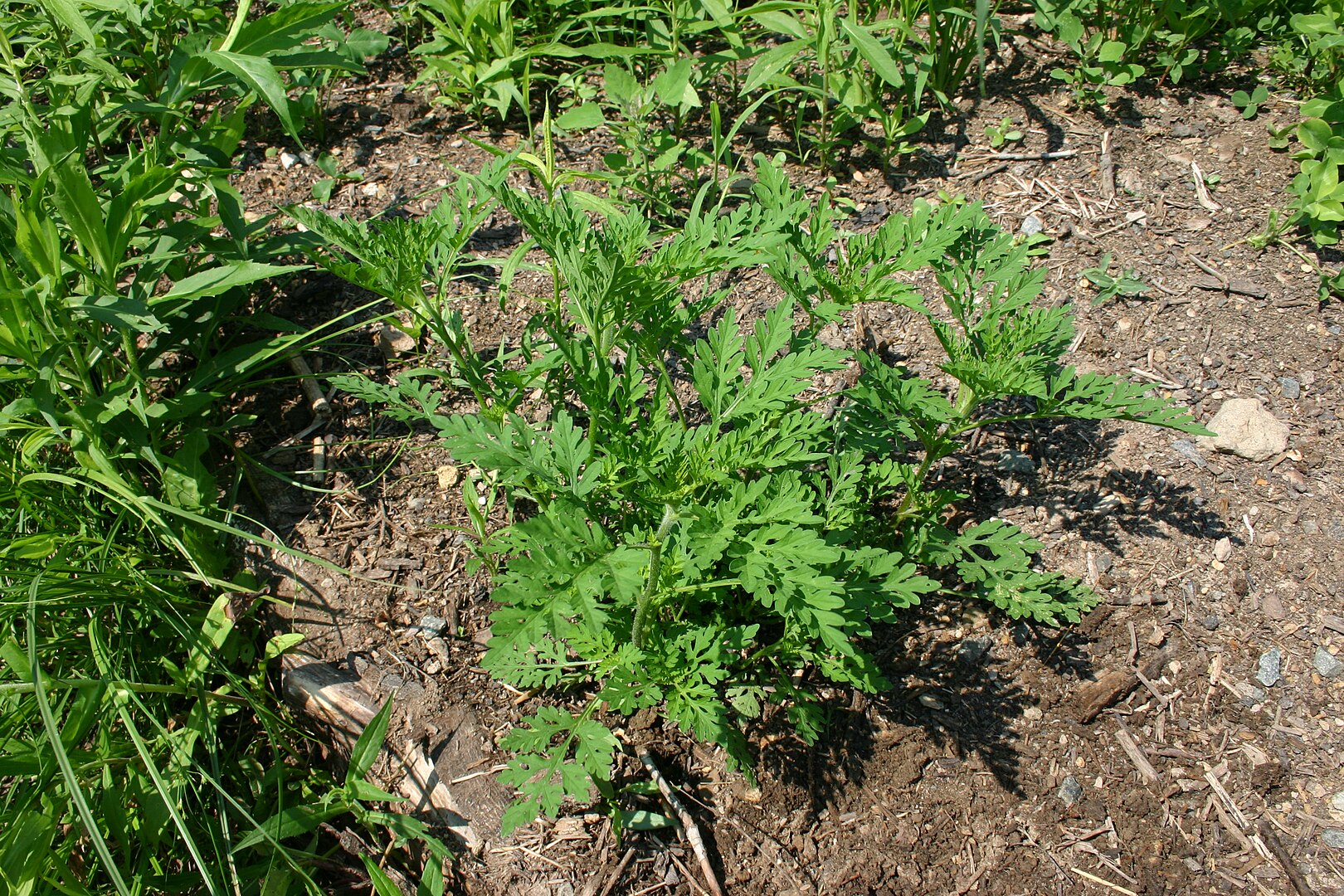
Exotic plants in the city: a challenge to be met
Reading time
0 min
Discovering the habits of species that have chosen to inhabit the city
Is it possible to welcome exotic plants into urban greenery without causing harm, and if so, which ones is best to choose? This is one of the strands of research by Chiara Montagnani, a botanist specializing in the complex field of alien or exotic species.
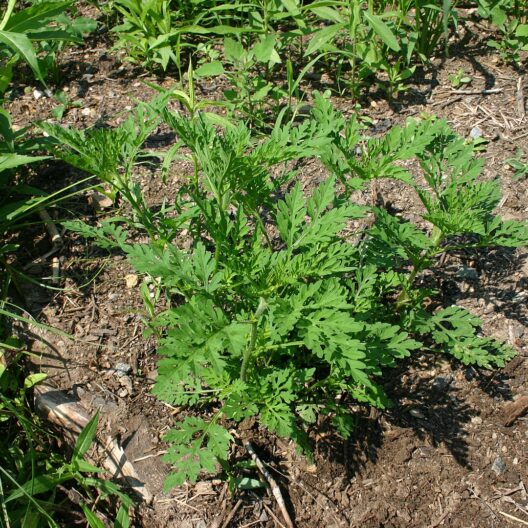
Protagonists of the interview
Chiara
Montagnani
- Botanit
- University of Milan – Bicocca
- chiara.montagnani@unimib.it Copia indirizzo email
One passion, many perspectives
“My path began at the University of Genoa, with the faculty of natural sciences,” he says. “Then the passion for botany came at the beginning of the doctoral program. Initially, I wanted to understand whether biodiversity conservation really made sense, including at a political and economic level, and how it combined with macro-themes such as water management or land use planning. During those years I spent time in Costa Rica, the country in the world with the largest number of parks and protected areas, and investigated the difference between conservation de facto and that only on pieces of paper. From then on, botany was the focus of my studies, and for a number of years I worked on red-listedspecies.”
Exotic species: plants of a certain boldness
Montagnani’s arrival at the University of Milan-Bicocca coincided with a change of focus. “Here I switched to the dark side of the force,” the scientist jokingly comments. “From endangered plants, I switched to those that somehow pose a threat: alien or exotic species.” First object of study, the genus Ambrosia. The most common species is Ambrosia artemisiifolia, considered a pest with allergenic potential (its pollen can cause rhinitis and severe asthma attacks).
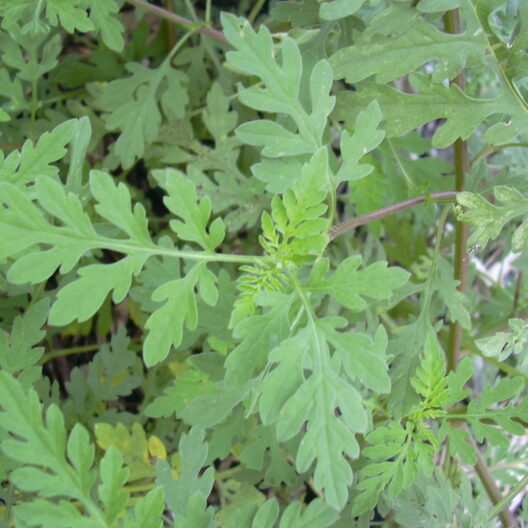
“Despite the evocative name(ragweed was called the food that gave immortality to the gods, ed.), it is rather ordinary: it is a pioneer plant found along roadsides, probably native to the Sonora Desert (between the United States and Mexico, ed.). But if its appearance is insignificant,” the botanist continued, ” ecologically it is wonderful.
A story that begins…when?
In recent years, Montagnani has been trying to reconstruct their history. “According to research conducted both by me on Ambrosia psilostachya and by my colleague Rodolfo Gentili on Ambrosia artemisiifolia, these plants may have been introduced in the 18th century for therapeutic purposes: those in the genus Ambrosia are medicinal plants that contain many interesting substances and were used by Native American populations. The hypothesis is that Europeans, interfacing with them, discovered their properties and decided to introduce them into botanical gardens.”
The search for an origin for a plant’s history is one of the most debated questions: how to determine, in terms of time, whether a species is alien or not? “We still define alien as plants imported in Roman times, such as sorghum (Sorghum bicolor).” Other examples of aliens include Robinia pseudoacacia, in Italian robinia or acacia, which came to Europe from North America, or the poppy (Papaver rhoeas), native to Eurasia and North Africa. “The issue is complex and requires a multidisciplinary approach,” Montagnani continues. “Important help in understanding what the flora of a given place looked like in ancient times comes from palynological analyses (palynology is the science that studies pollen and other present-day microscopic and fossil biological elements, ed.).”
The eternal allure of adventure
From one point of view, the invasion of alien species is an adventurous tale. “How did certain plants get here? To reconstruct their history,” Montagnani explains, “we go back in time. We consult herbaria, both in Italy and Europe, and imagine their arrival in ancient ports. The movement of these plants is all to be discovered: they are brash and bold.” And sometimes problematic.
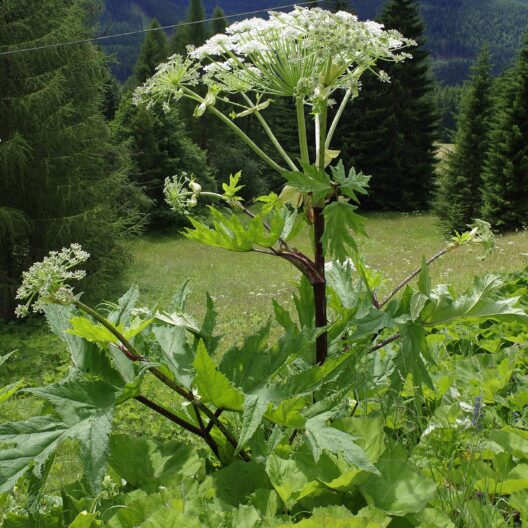
The latter include Heracleum mantegazzianum, or Mantegazza’s plume, imported to Europe from the Caucasus in the late 19th century as an ornamental plant, then wildflowered and spread mostly in mountainous environments, in Alpine valley bottoms. Gentle in appearance, it is actually dangerous: to the touch, following sun exposure, its sap causes severe inflammation of the skin; in contact with the eyes it can cause temporary or even permanent blindness. The Mantegazza’s plume is also a threat to biodiversity: its large leaves generate dense shade that causes the decay and destruction of native vegetation.
When exotics come to town
“My current work consists of studying exotic plants in urban settings, a very particular context. Together with colleagues from the universities of Turin, Rome La Sapienza and the University of Molise, we are considering a number of cities: Milan, Turin, Rome, Campobasso, Asti and Pavia. In the three metropolises (Milan, Turin and Rome), despite the differences, including climatic differences, some alien plants are particularly widespread. We have mapped twenty-six of them, including Ailanthus altissima (the tree of paradise), Phytolacca americana (the so-called Turkish grape), Robinia pseudoacacia, Sorghum halepense (the wild sorghum) and many others.
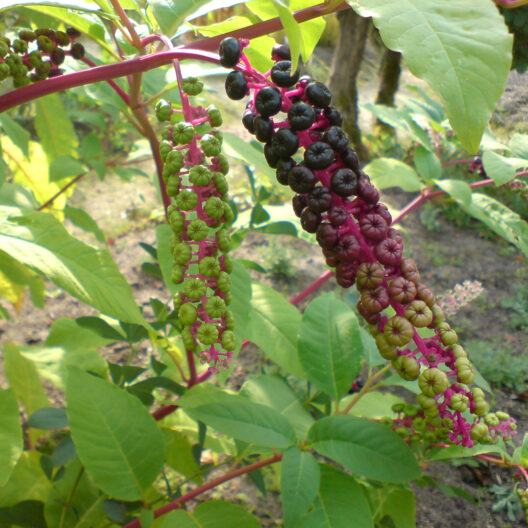
In these cities (my group is in charge of Milan) we divided the urban area into a grid composed of 500 x 500-meter meshes. Then, on foot, each mesh was examined: where we found one of the 26 exotic plants, we marked its presence with GPS, trying to be as accurate as possible. We then tried to figure out whether a plant preferred one type of soil or another; whether it stood on the ground or on a crack in the sidewalk-in short,” Montagnani concludes, “by collecting more than 20 thousand points, we saw that these species have a different tendency to occupy city spaces and habitats.”
The (different) tastes of plants
Early research findings include the discovery that “e.g. Ailanthus altissima, in the city center (an area generally stressful for plants due to the limited availability of suitable spaces) performs better than Robinia pseudoacacia, which is instead a species more representative of more suburban areas and less limiting environments for plants. Sorghum halepense is an adept colonizer of a wider spectrum of habitats. Phytolacca is naturally spread by avifauna (but not only, humans also contribute), so we often find it abundant in areas where birds can also find refuge in the urban matrix such as green areas, abandoned buildings or stream banks. Parthenocissus inserta and Parthenocissus quinquefolia, two very similar species that we call American vine, while used as ornamental climbing plants in the city, do best on agricultural buildings in the suburbs.”
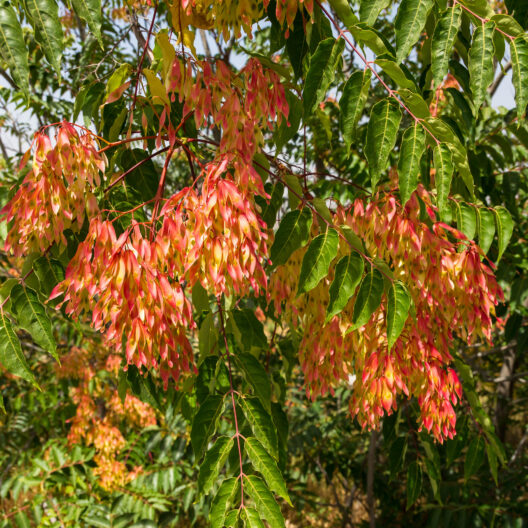
Knowing to plan
“Our results indicate that urban greenery management and choice of species, even in private settings, are very important in the spread of exotics, as is the frequency with which they have been planted in the past.”
Going forward, studies by Montagnani and his colleagues will continue on several fronts. “First of all, we would like to contribute to the understanding of which exotic species can be planted in urban greenery without doing harm, both in the city and in the surrounding environments. For this, we are developing a series of tools to help plan interventions in the area with the exotic component in mind. Then, to expand our knowledge, we would also like to study other cities, both in Italy and around the world.”
We would like to understand which exotic species can be planted in urban greenery without doing harm. For this, we are developing tools to help plan interventions in the area.
Chiara Montagnani
University of Milan – Bicocca

